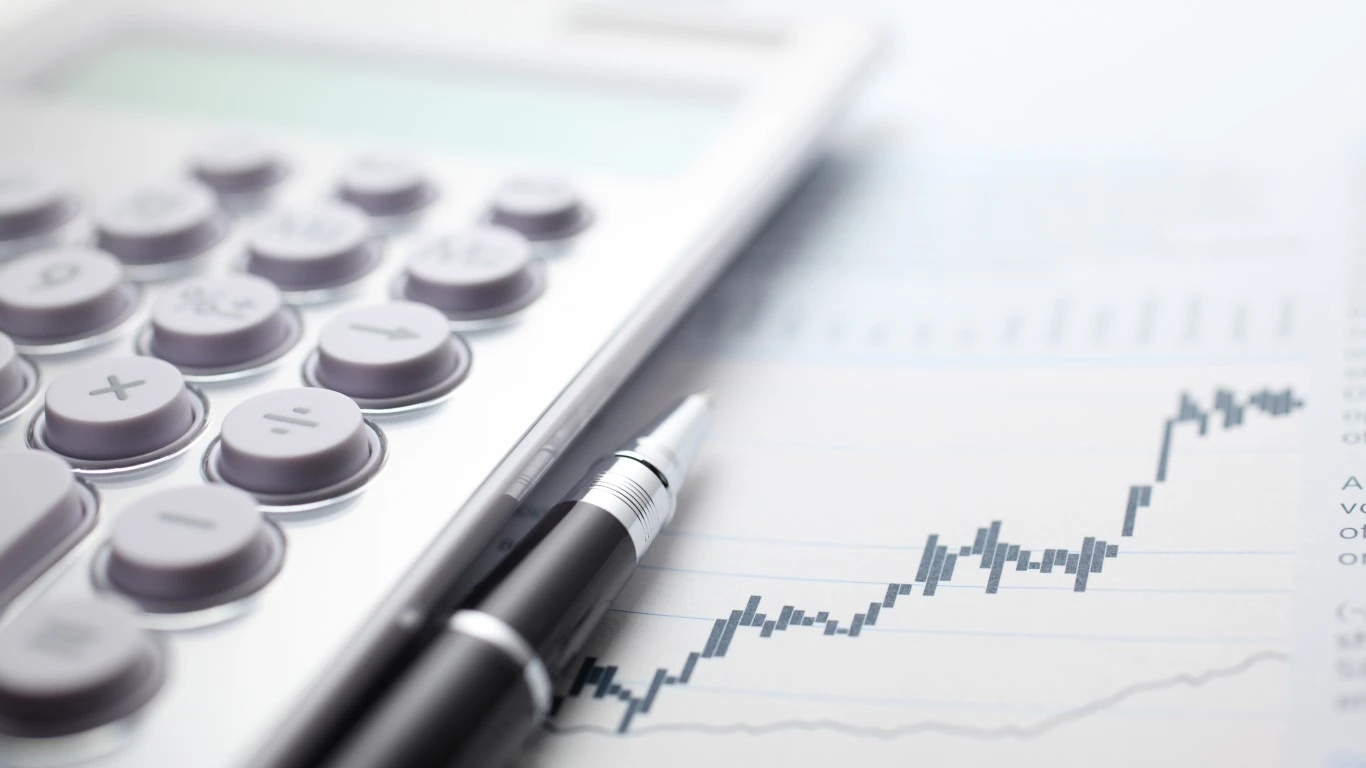
Throughout history, aspiring investors with a keen social conscience have faced a dilemma. Should they use their money for personal financial gain or to effect positive societal change? Combining those two supposedly competing practices in the same transactions seemed impossible.
But it is not. At least, not anymore.
Thanks to impact investing, anyone in this position can kill two birds with the same stone. Those hard-earned investment dollars can now contribute to society and your retirement portfolio.
What Is Impact Investing?
Impact investing is an investment strategy that generates financial gains alongside positive social and/or environmental effects. Rather than just making money for the sake of it, the aim is to use that capital for good. Done right, both the investor and the world end up better off.
How does it work in practice? While impact investments can come in many shapes, sizes, and asset classes, the general idea is to invest in companies that are committed to serving society.
Do not mistake this for socially responsible investing (SRI), however. Otherwise known as sustainable investing, socially conscious investing, or green investing – when it revolves around environmental causes – SRI is a form of impact investing that differs in one important way. Whereas impact investments put an emphasis on having a positive impact, SRI revolves around the avoidance of harm.
The line between them is certainly a thin one. However, it’s the difference between choosing not to invest in companies that sell junk food, for example, in favor of investing in a company that supports people’s health and wellbeing.
Why Is It Important?
Times are changing. As evidenced by individuals like Mackenzie Scott – the ex-wife of Jeff Bezos – who has donated over $8.5 billion to worthy causes since 2019, and Warren Buffett, who has given over $46 billion of his fortune to various causes throughout his life, investors are increasingly looking for new and flexible ways to make a difference with their money.
Impact investing falls into this category. Furthermore, it’s more powerful than a typical philanthropic donation. Due to the nature of investing, those philanthropic dollars produce returns that can be reused time and time again, compounding their impact and interest every step of the way.
That’s good news given the extent and complexity of problems faced by societies everywhere. Alone, the capital available from private philanthropists and government support is unlikely to make a dent. Yet even a tiny reallocation of funds from global capital markets toward impact investing could have a sizable impact.
The numbers back this up. Charitable giving in the US totaled a sizeable $471.4 billion in 2020, and government spending hit a whopping $6.8 trillion last year. However, those figures pale compared to the roughly $95 trillion value of the global equity markets. The potential for large-scale social change is there if even a sliver of the world’s investors shifts their focus toward impact investing.
Is Impact Investing Profitable?
The answer to this question is a resounding “yes.” Of course, there’s always risk involved in investing, and the average returns might not be as substantial as the wider market’s, but impact investors can still expect to meet or exceed their financial expectations.
Look no further than this study from the University of California for proof. The authors found that the median impact fund boasted an internal rate of return of 6.4%, while non-impact seeking funds returned 7.4%.
Examples of Impact Investments
There are all sorts of ways to incorporate impact investing into your strategy. One of the simplest is to find a robo-advisor that offers an automated portfolio of this nature. It’ll do all the heavy lifting, finding socialesponsible investment opportunities that enable you to start impact investing without doing any research.
Individual investors who prefer the DIY approach could also look into Environmental, Social, and Governance (ESG) funds. These have stricter requirements than traditional funds, such as excluding companies in the tobacco industry, without sacrificing returns. Interestingly, 19 of the 26 ESG exchange-traded funds analyzed by S&P Global Market Intelligence beat the S&P 500 Index in the 1st year of COVID, rising between 27.3% and 55% versus the S&P 500’s 27.1%.
Banks, funds, foundations, and private equity firms also employ impact investing. From The Gates Foundation and Soros Economic Development Fund to Domini Investments, this trend has been around since 2007 and seems set to continue.
Impact Investing at a Smaller Scale
Retail investors may not have sufficient capital to invest in a dedicated find or with a private equity firm. However, they can choose from several impact investing, ESG mutual funds, or exchange-traded funds (ETFs).
Parnassus Core Equity (PRBLX)
Parnassus Core Equity (PRBLX) is one of the oldest impact investing and ESG funds, starting in 1992. Since then, the fund has grown and now has $27,131 assets under management (AUM). Expense ratios are on the high side at 0.82%, and the minimum initial investment is $2,000.
This actively managed mutual fund invests in US large-cap companies with “positive performance on ESG criteria” and other factors. PRBLX excludes companies whose primary business is alcohol, tobacco, weapons, fossil fuels, nuclear power, or gambling and then filters by ESG criteria. The process excludes many companies but still leaves a large number in their universe. The fund owns roughly 40 stocks.
Vanguard ESG US Stock ETF (ESGV)
On the other end of the active and passive fund spectrum is Vanguard ESG US Stock ETF (ESGV). The fund’s inception date of 2018 means it is young, but the ETF has grown since then and now has $5.9 billion in AUM. As an ETF, the expense ratio is minimal at 0.09%, and there is no minimum investment.
This ETF tracks the FTSE US All Cap Choice Index and screens for ESG criteria. The ETF excludes certain companies in the adult entertainment, alcohol, tobacco, weapons, fossil fuels, gambling, and nuclear power industries.
Additionally, the ETF excludes certain companies with violations of labor rights, human rights, anti-corruption, and environmental standards defined by United Nations Global Compact principles. Lastly, the ETF excludes companies that do not meet specific diversity criteria. Despite the seemingly strict criteria, ESGV still owns about 1,520 stocks.
iShares ESG Aware MSCI USA ETF (ESGU)
A second ETF in this space is iShares ESSG Aware MSCI USA ETF (ESGU) from BlackRock (BLK). The fund was started in 2016 and has become a giant with about $23,183 million in AUM. The expense ratio is an acceptable 0.15% with no minimum investment.
The ETF tracks the MSCI USA Extended Focus Index. The index applies screens excluding firearms, weapons, tobacco, and certain coal and oil sands stocks. The process gives the ETF an orientation toward companies with positive ESG characteristics. The result is 320 stocks in the ETF.
Time to Become an Impact Investor?
Impact investing is the perfect solution for savvy investors who want to generate both wealth and benefits for society. As we’ve seen, individuals and organizations around the globe are already using it to good effect – challenging the traditional idea that investing and philanthropy are opposing practices in the process.
Previously published at Wealth of Geeks.
Sponsored: Find a Qualified Financial Advisor
Finding a qualified financial advisor doesn’t have to be hard. SmartAsset’s free tool matches you with up to 3 fiduciary financial advisors in your area in 5 minutes. Each advisor has been vetted by SmartAsset and is held to a fiduciary standard to act in your best interests. If you’re ready to be matched with local advisors that can help you achieve your financial goals, get started now.






